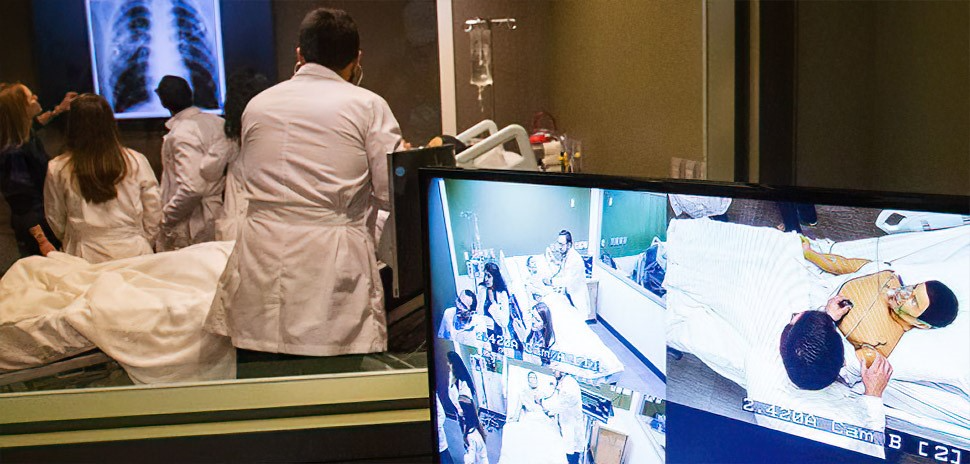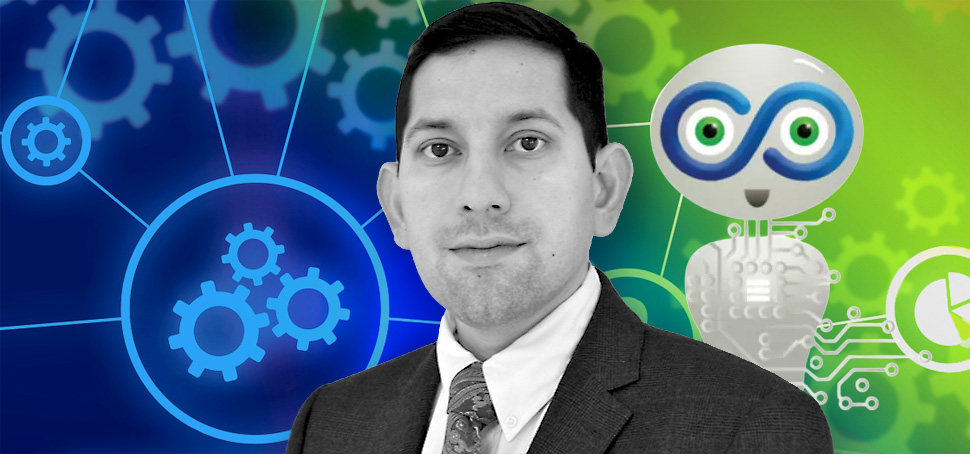Christopher Ray, the dean of the College of Health Sciences at Texas Woman’s University, has officially received a patent for a new way to predict and prevent medical events and conditions.
Denton-based TWU said that the achievement represents its mission of advancing the health and well-being of diverse communities. Ray believes in improving lives, and has dedicated much of his own research to geriatric health.
The patent is the making of a 10-year research collaboration between the engineering and kinesiology departments at UT Arlington, which initially began when Ray was a faculty member and center director there.
It all began when Ray realized gait is a sensitive indicator of change in a number of conditions—medications that make you dizzy result in a few millimeters wider gait, or step length changes can be related to cardiovascular conditioning. Most of these can be identified early on.
Doing so is crucial, especially for older men and women.
So Ray spent some time studying geriatric physiological conditions and discovered the necessity of early detection and alternative therapeutic exercise. With two academic colleagues, Gian-Luca Mariottini and Aaron Staranowicz, he created a process that uses systems, apparatuses, and methods to make predictions based on an analysis of a patient’s gait.
It works like this: Multiple calibrated video cameras are configured to capture data pertaining to gait as a patient walks. That data is then used to project the likelihood of injuries and diseases, like falls, osteoarthritis, Parkinson’s disease, Dementia spectrum disorders, Alzheimer’s disease, lower extremity orthopedic injuries, and peripheral neuropathy and cardiovascular disease.
Detecting these issues early could lead to intervention at a point when there is the greatest chance of positive outcomes. “It is important that we have ways to detect these issues as early as possible and seek therapeutic remediation to both treat and preserve existing health even before a condition rises to the level of a doctor visit,” Ray said in a statement.
Now that the patent is secured, Ray, Mariottini, and Staranowicz plan to discuss licensing opportunities with companies that can use it to commercially address things they were able to do in a lab and research setting.
“I think this work has tremendous potential to shape the future of smart homes or residential facilities that seek to innovate on how we monitor older adults and maintain health and independence,” Ray said in a statement. “I can see this data used in conjunction with smart watches to evaluate clinically meaningful changes in step volume, sleep patterns and other daily screens to remotely monitor and provide a holistic picture of health as we seek to better serve the growing population of older adults both in their homes and in residential facilities.”
![]()
Get on the list.
Dallas Innovates, every day.
Sign up to keep your eye on what’s new and next in Dallas-Fort Worth, every day.














![Erica Kosemund, Chief Brand Officer, Choctaw Nation of Oklahoma; Gillian Breidenbach, Chief Partnership Officer, North Texas FWC Organizing Committee; Chief Gary Batton, Chief of Choctaw Nation of Oklahoma; Monica Paul, Executive Director of Dallas Sports Commission and President of North Texas FWC Organizing Committee; John Hobbs, Senior Executive Officer of Communications, Choctaw Nation of Oklahoma; and Heidi Grant, Senior Executive Officer of Commerce Administration, Choctaw Nation of Oklahoma, celebrate Choctaw Casinos & Resorts becoming an Official Dallas World Cup 2026 Host City Supporter. [Photo: North Texas FWC Organizing Committee/Choctaw Casinos & Resorts]](https://s24806.pcdn.co/wp-content/uploads/2025/12/FIFA-Choctaw-dec-2025.jpg)


















